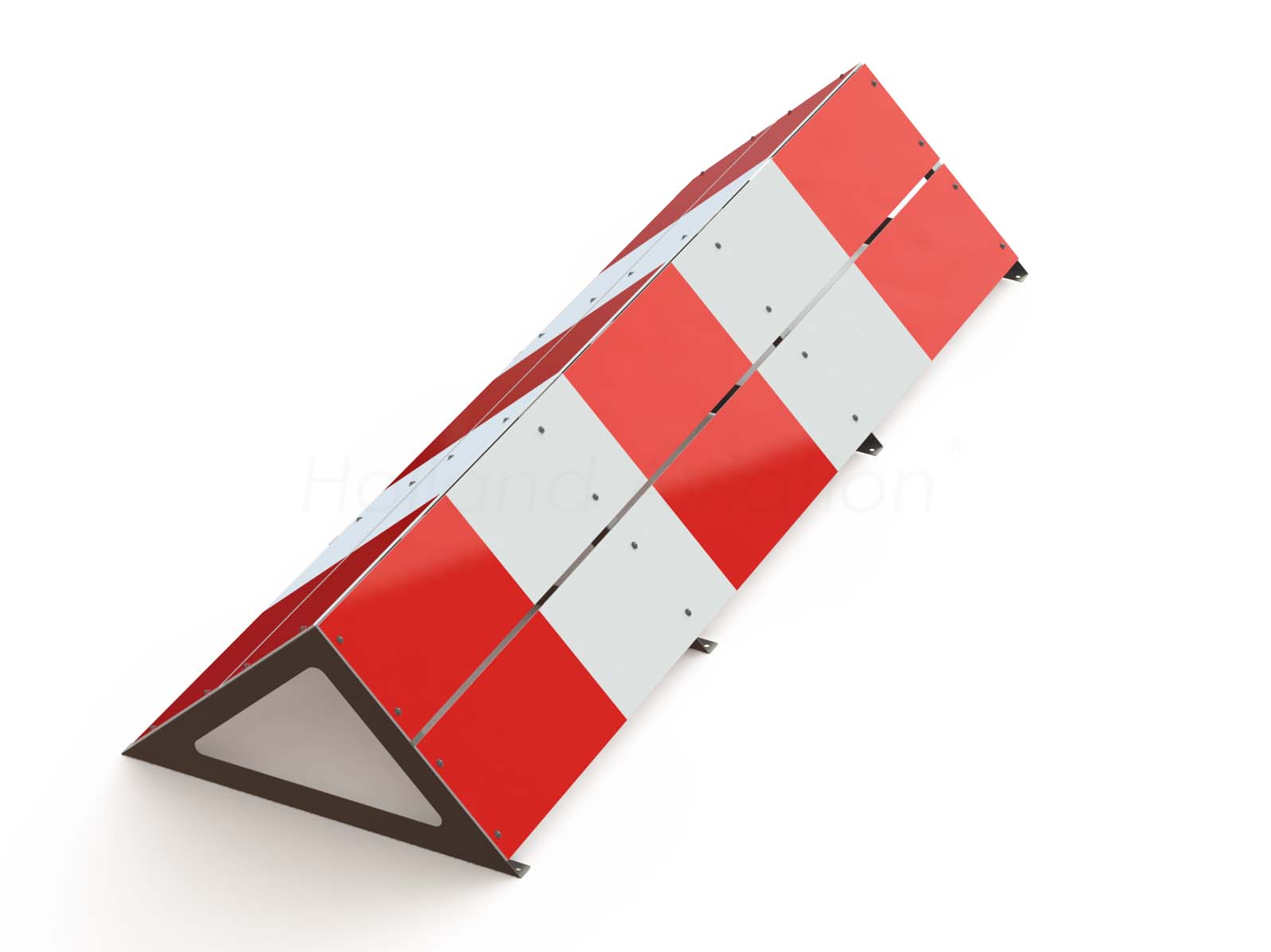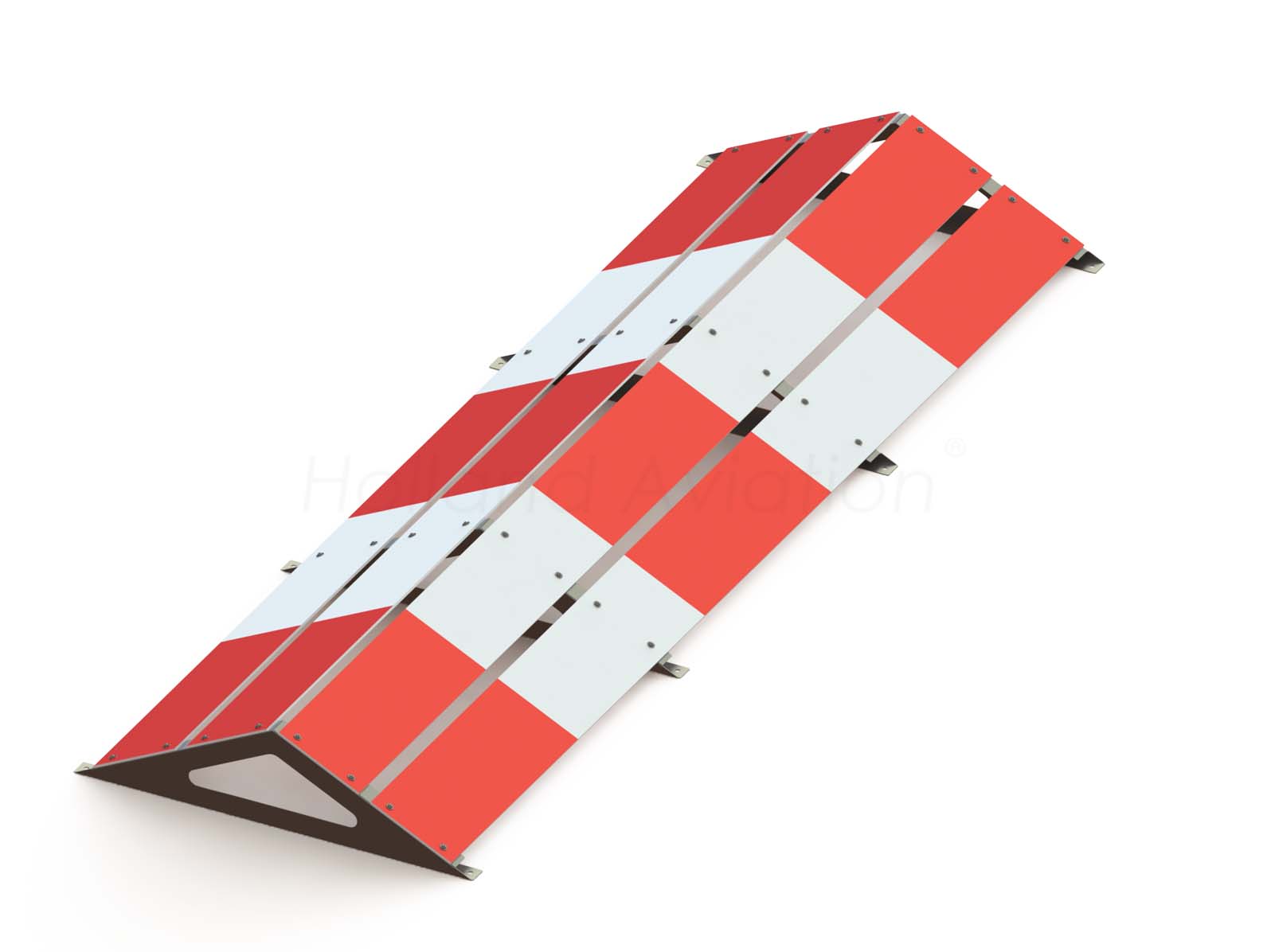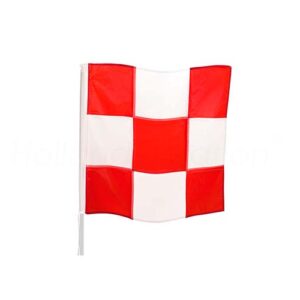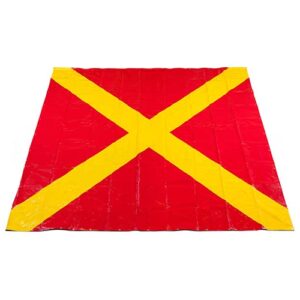Description
HA-Boundary markers. The objective of the Final Approach and Take-Off Areas (FATO) perimeter marking or markers is to provide the pilot with information. This is information about, where the perimeter of the FATO is not self-evident. But also indicates the area that is free of obstacles and in which intended procedures or permitted maneuvering may take place. FATO perimeter marking or markers shall be provided at a surface-level heliport where the extent of a FATO with a solid surface is not self-evident.
The HA-Boundary markers mark the boundaries of an airfield or heliport where the landing area has no runway. Spacing boundary markers along the boundary of the landing area is common. This is done at intervals of no less than 200 meters. The frangible low-mass construction provides the necessary safety in case of a collision.
The perimeter of the FATO shall be defined with markings or markers. Space these markers at equal intervals of not more than 50 meters. With at least three markings or markers on each side. This includes a marking or marker at each corner. HA-Boundary markers for Heliports and FATO perimeter markers shall be provided at heliports. The frangible low-mass construction provides the necessary safety in case of a collision. This FATO perimeter marker should have red and white colors.
Boundary markers are red and white striped.
FATO perimeter markers have a height of 25 cm, a width of 100 cm, and a length of 300 cm. Boundary markers have a height of 50 cm, a width of 100 cm, and a length of 300 cm.
The HA-Boundary markers are very stable and will withstand extreme wind forces.
Holland Aviation supplies the boundary markers with ground anchor pins. They are very stable and will withstand helicopter downwash.
Boundary markers for airports and heliports comply with ICAO Annex 14 and ICAO Annex 14 Vol II, Heliports, and EASA ADR HPT.
For more information about ICAO, you can visit their website.




